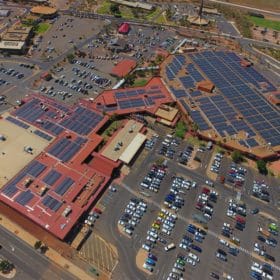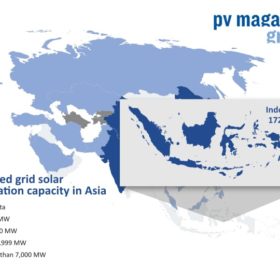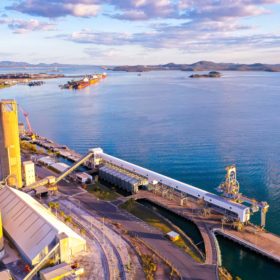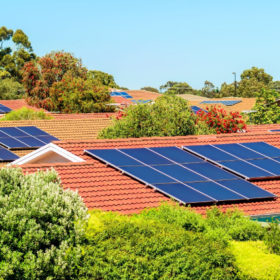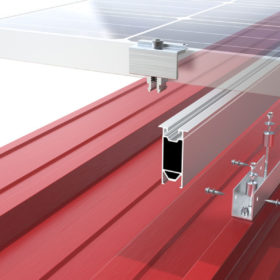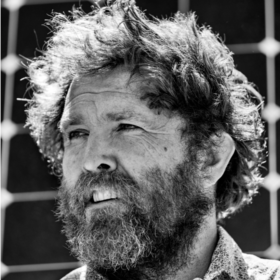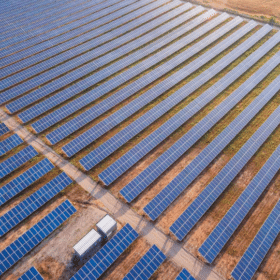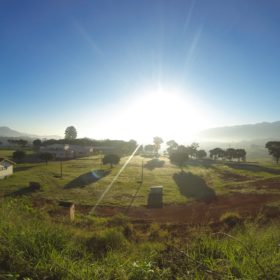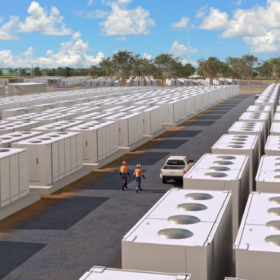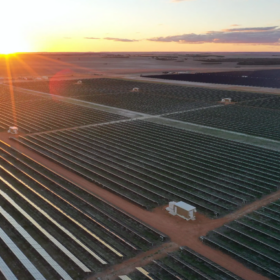Off-grid solar-powered data centre headed for regional Victoria on expansion path
Queensland-based data centre operator Edge Centres has announced its first off-grid 100% solar-powered centre for Victoria, taking the new company’s centre total to five as it forges ahead with plans to transform regional Australia.
Rural Victorian medical centre joins the solar carpark push
East Grampians Health Service, located abut 200 kilometres west of Melbourne, will install a 174 kW system on the roof of its carparks after receiving funding from the Victorian government’s Building Works package.
Regional strategy to turbocharge Indonesian solar
A roadmap to rapid carbon emission reduction has suggested the nation add 2.4 GW of generation capacity next year as part of a 15 GW new-solar target this decade. The claims of solar-plus-storage should be ignored for now, according to a new policy document, because batteries will make PV less competitive with coal.
Moah and Moah hybrid energy projects from Energy Estate
A couple of years ago Central Queensland, at the heart of coal country and the nexus of manufacturing opportunity, became a beacon to energy advisory firm Energy Estate and international renewables developer RES. Moah Creek Renewable Energy Project, the first stage of their gigawatt-scale firmed renewable energy project is about to be introduced to the community.
Large-scale renewable investment may be trending up; rooftop PV surges on!
The Clean Energy Regulator has issued its second Quarterly Carbon Market Report for the year. Despite Covid and justified investor caution on big renewable projects, indicators from small- and large-scale energy certificate accounting show steady growth.
Let South Australia’s world-leading flexible solar exports trial begin!
Since July last year, SA Power Networks has been refining the technology and stakeholder engagement mechanisms that will enable dynamic solar exports to the grid, potentially ending an era of severe export limits on new customers in rooftop-solar-rich parts of the South Australian network and in other jurisdictions.
New mounting system for rooftop PV, from Austria
The mounting structure relies on a 5.8m long support rail that does not lie on the roof but is connected directly to a purlin placed below with self-drilling support screws.
Saturday read: Stage set for truce in Australia’s climate culture war
The highly polarised debate regarding renewable energy and action on climate change that has too long been a feature of the Australian political landscape could change, and change quickly, says Saul Griffith. The entrepreneur, scientist, and energy analyst is adding author to his job description next month with the release of his book “Electrify”, and he’s betting on a rapid transformation of the discussion within Australia as the advantages of “electrifying everything” become clear.
New Energy eyes bigger battery for Wallaroo Solar Farm
Spanish-Japanese renewable energy company Univergy Solar and Australian partner New Energy Development have revealed a 75 MW/150 MWh battery energy storage system is likely to be coupled with the proposed 100 MW Wallaroo Solar Farm being developed near the border between New South Wales and the Australian Capital Territory.
4.9 MW Ramahyuck Solar Farm set to be first wholly owned and operated by an Aboriginal Corporation
The Ramahyuck District Aboriginal Corporation has won over $1 million in funding from the Victorian Government for the development of a 4.9 MW solar farm, as well as several other community arrays. This is a win for Indigenous self-determination and a proven long-term income and employment stream which will help to “enable a healthy, strong and vibrant Aboriginal community”.

